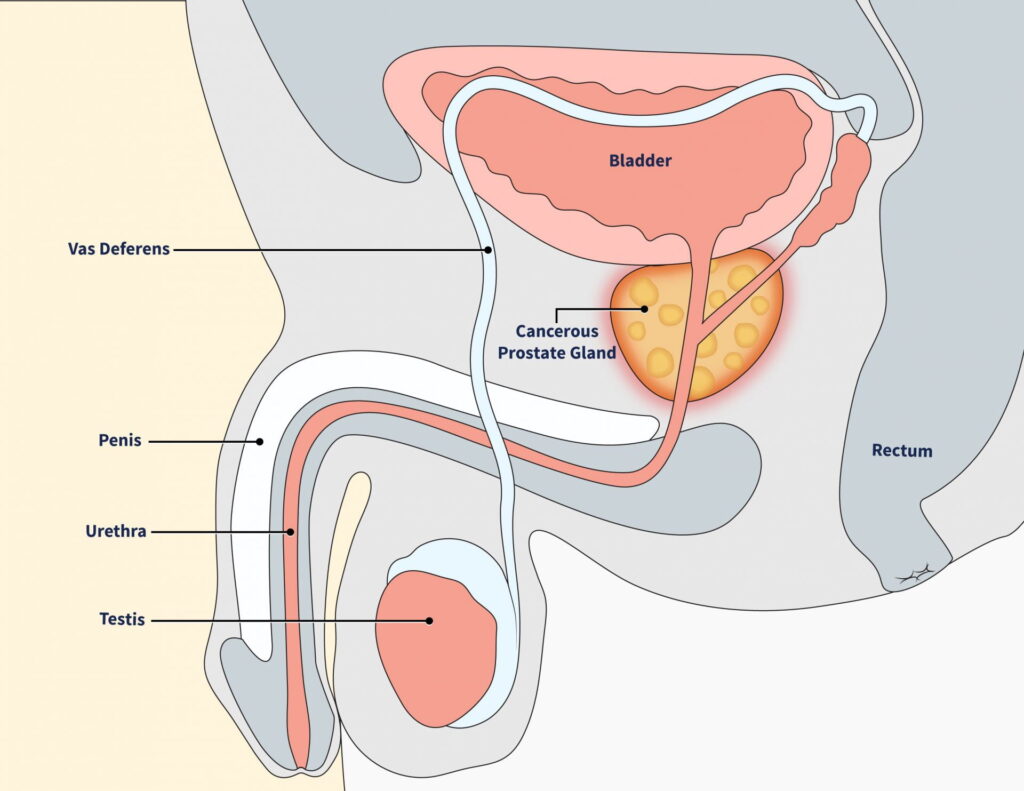
Introduction
Testosterone plays a vital role in men’s health, affecting everything from muscle mass to mood and sexual function. However, as men age, their testosterone levels naturally decline, leading to various health concerns. In some cases, lifestyle factors, medical conditions, or medications can accelerate this decline, resulting in low testosterone (Low T).
Understanding the side effects, risks, and symptoms of low testosterone is essential for managing this condition effectively. Additionally, treatments like Vidalista 20 can help alleviate some of the sexual health issues associated with low testosterone.
What Is Low Testosterone?
Low testosterone, also known as hypogonadism, occurs when the body does not produce enough of this crucial hormone. Testosterone is responsible for male sexual development, muscle strength, bone density, and energy levels.
Causes of Low Testosterone
Several factors can lead to low T levels, including:
- Aging – Natural testosterone decline begins around age 30.
- Chronic illnesses – Diabetes, obesity, and kidney disease contribute to low T.
- Injury or infection – Damage to the testes can affect hormone production.
- Medications – Certain drugs, including opioids and steroids, lower testosterone.
Symptoms of Low Testosterone
1. Physical Symptoms
- Fatigue and low energy levels
- Increased body fat and difficulty losing weight
- Muscle loss and weakness
- Thinning hair or hair loss
2. Sexual Symptoms
- Reduced libido (sex drive)
- Erectile dysfunction (ED) – Many men with low T experience difficulty achieving or maintaining an erection. Vidalista 20 can help improve ED symptoms.
- Reduced sperm count and fertility issues
3. Mental and Emotional Symptoms
- Depression and irritability
- Difficulty concentrating and memory loss
- Mood swings and anxiety
Side Effects of Low Testosterone
1. Impact on Muscle and Bone Health
Low testosterone leads to muscle mass reduction and weaker bones, increasing the risk of fractures and osteoporosis.
2. Cardiovascular Risks
Studies suggest low T is linked to higher cholesterol levels and heart disease. Testosterone plays a role in regulating blood circulation and keeping arteries healthy.
3. Effects on Metabolism and Fat Distribution
Men with low testosterone often experience:
- Increased belly fat
- Higher risk of diabetes and metabolic syndrome
Risks Associated with Low Testosterone
1. Increased Risk of Diabetes
Testosterone helps regulate insulin levels, and low T has been linked to type 2 diabetes.
2. Higher Chances of Osteoporosis
Testosterone is essential for bone mineral density, and lower levels can lead to brittle bones.
3. Cognitive Decline and Mental Health Issues
Studies show a connection between low testosterone and memory problems, brain fog, and even dementia.
Diagnosis and Treatment of Low Testosterone
How Is Low Testosterone Diagnosed?
Doctors check testosterone levels using blood tests, usually done in the morning when levels are highest.
Treatment Options
- Natural lifestyle changes – Diet, exercise, and better sleep habits
- Medical treatments – Testosterone replacement therapy (TRT) or medications like Vidalista 20 for ED
- Herbal supplements – Fenugreek, Ashwagandha, and Vitamin D help support healthy T levels
Natural Ways to Boost Testosterone
1. Diet and Nutrition
Foods rich in zinc, vitamin D, and healthy fats boost testosterone. Examples include:
- Eggs
- Lean meats
- Nuts and seeds
2. Exercise and Strength Training
- Weightlifting and resistance training increase testosterone naturally.
- High-intensity interval training (HIIT) improves hormonal balance.
3. Stress Management and Better Sleep
- Chronic stress raises cortisol, which lowers testosterone.
- Getting 7-9 hours of sleep enhances testosterone production.
Medical Treatments for Low Testosterone
1. Testosterone Replacement Therapy (TRT)
- Injections, patches, or gels are prescribed for severe cases.
- TRT carries risks like increased blood clot risk and prostate issues.
2. Medications Like Vidalista 20
- Vidalista 20 helps treat erectile dysfunction caused by low testosterone.
- It improves blood flow and enhances sexual performance.
3. Risks and Benefits of Medical Treatment
- Benefits include increased energy, libido, and muscle mass.
- Risks involve fluid retention, acne, and potential fertility reduction.
When to See a Doctor?
If you experience persistent symptoms of low testosterone, consult a healthcare professional. Early detection and treatment prevent long-term complications.
Preventive Measures
- Regular health checkups
- Maintaining a balanced diet and active lifestyle
- Avoiding excessive alcohol and smoking
Conclusion
Low testosterone affects many aspects of life, from physical health to mental well-being. Recognizing the side effects, risks, and symptoms of low testosterone is crucial for effective management. While lifestyle changes help, medications like Vidalista 20 can improve symptoms of testosterone-related erectile dysfunction.
Taking proactive steps can improve energy levels, boost confidence, and enhance overall well-being.





Leave a Reply